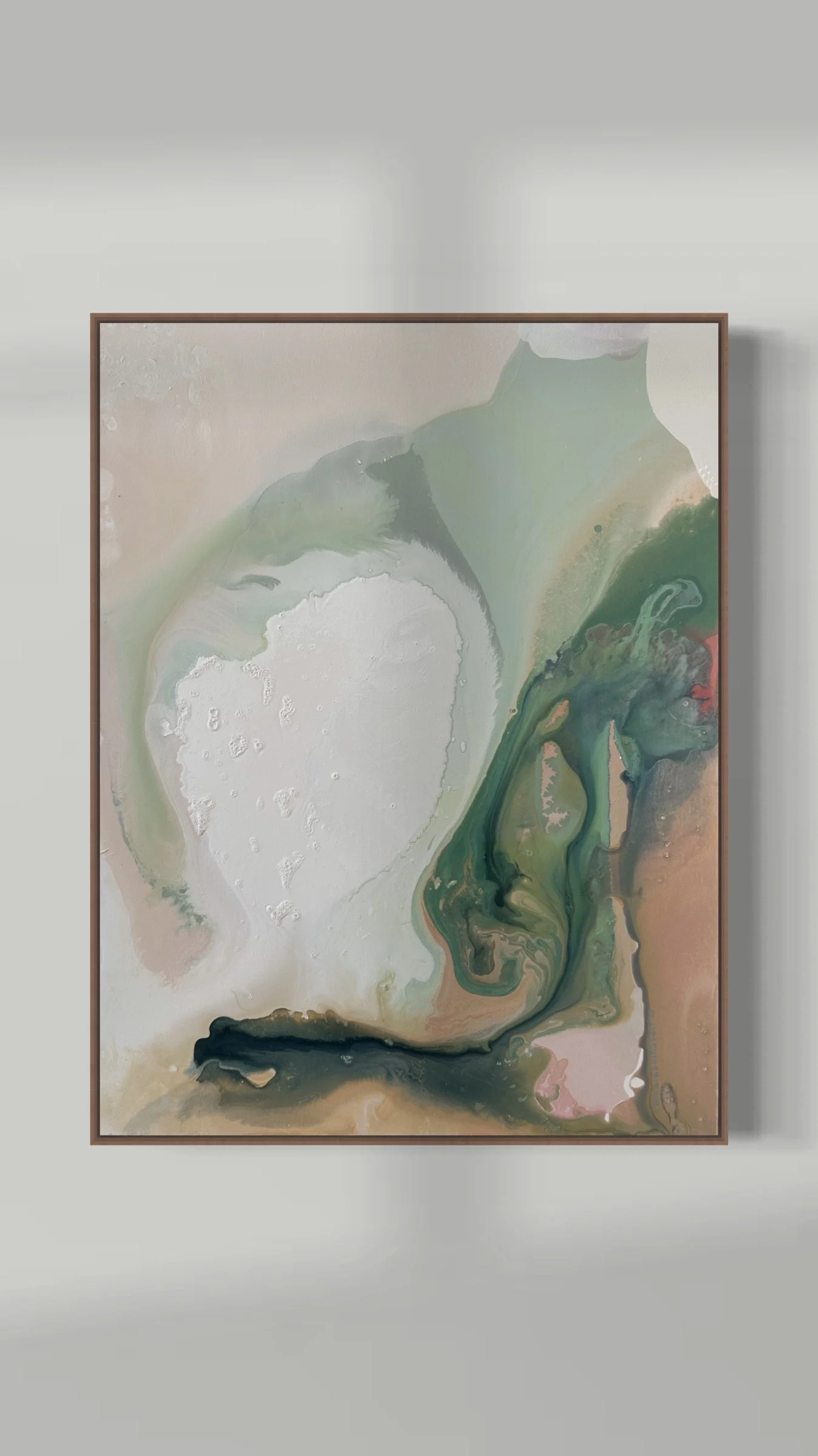Artist Spotlight - Stefano Paradiso
Biography
Stefano Paradiso is a photographer and a Cinematographer born in Rome in 1969. Graduated from the R. Rossellini School of Cinematography and Photography in 1988, he works as a director of photography and camera operator in cinema and advertising, boasting numerous collaborations with well-known Italian directors, French and American; for television he has made documentaries and reportages in various countries of the world. A lover and scholar of photography in its broadest sense, he is inspired by great photographers such as Josef Koudelka, Luigi Ghirri, Japanese Nihonga pictorial art, Chinese Guóhuà, impressionism and obviously "le cinéma d’auteur".
Xolivo 5, 2024. Digital Printing on Barita Fine Art Paper, 100 x 150
After living for many years in France, he returns to Italy in 2017 where he combines his work in the world of cinema with his personal photographic research which focuses on the use of black and white. He developed his darkroom technique working on the creation of large negatives and contact prints on various papers including Japanese Washi. He owns several Leicas and a number of vintage lenses that he never leaves behind.
Xolivo 1, 2024. Digital Printing on Barita Fine Art Paper, 100 x 150
Artist Statement
Never be afraid of the shadow. It is there to signify that nearby, somewhere, there is a light that illuminates.
(Ruth E. Renkel)
In this sentence by the American poet Ruth E. Renkel lies the first stage of my inspiration. This is the starting point for my personal research into mystery, the fascination of things, ancient history and the science of man.
Xolivo 7, 2024. Digital Printing on Barita Fine Art Paper, 150 x 100
My professional history comes from cinema, which expresses storytelling through moving images accompanied by music and spoken language.
My transition to pure photography more intimately captures the power of storytelling in a single image. It is the search for a visual language in which objects are defined not by contours, but by the thickness, density, and energy of forms.
Xolivo 4, 2024. Digital Printing on Barita Fine Art Paper, 150 x 100
After a long experimentation of technical attempts, readings, chemical and aesthetic research, a stream of unconsciousness has brought to light this fusion between oriental art and the more contemporary vision of black and white photography, all appearing during magical darkroom sessions.
To quote Umberto Eco "The precision of the mechanism led me to the imprecise".
Callitriche, Imago Plantae, 2023. Mixed Media on Fine Art Paper, 100 x 70
My clear reference to Japanese and Oriental painting in general addresses three fundamental aspects:
- Not pursuing the mimesis of reality, but a creative representation of it.
- Synthesis of tradition and contemporary aesthetics
- The important role of the media used, mainly washi paper.
Hence the choice of using Japanese paper with a lively brushstroke of sensitive emulsion.
Asphodelo, Imago Plantae, 2023. Mixed Media on Fine Art Paper, 70 x 100
The fact that a photo has sharp, defined contours naturally tells of what lies beyond the photo itself, a fundamental peculiarity of photography. That I have blurred them and made them uncertain is an even stronger desire to dissolve the outside world with imagination.
Fior d'Aloe, Imago Plantae, 2023. Mixed Media on Fine Art Paper, 70 x 100
The vitality I strive for refers to the flow of energy that belongs to me and that embraces the subject and the work; Xie He, a 5th century Chinese writer, critic and art historian pointed to this vitality as one of the fundamental points for judging a painting, namely 'the resonance of the spirit'. He argued that without resonance of the spirit, there was no need to look further.
Orchid, Imago Plantae, 2023. Mixed Media on Fine Art Paper, 70 x 100
This process reminds me a lot of the act of playing jazz music, more specifically the drums that I have been playing since I was a child. Starting from a solid foundation, one begins to improvise.
Desert 1, 2023. Analogue printing on Fine Art Washi paper, 50 x 32
Among my important references I include Josef Koudelka in whom one can read the persistence of human activity in spite of its fragility. This is a fundamental starting point for narrating landscapes empty of the presence of man. Hence my quest to recount man and history without human presence.
https://www.instagram.com/stefanoparadiso/
https://www.flipsnack.com/EB6EFEAA9F7/portfolio-stefano-paradiso.html
Dark Venice 1, 2022. Analogue printing on Fine Art Washi paper, 32 x 50
Dark Venice 2, 2022. Analogue printing on Fine Art Washi paper, 32 x 50
Dark Venice 3, 2022. Analogue printing on Fine Art Washi paper, 32 x 50
Frammenti 9 - Elogio all'Ombra, 2022. Analogue printing on Fine Art Washi paper, 32 x 50
Sorriso - Elogio all'Ombra, 2022. 2022. Analogue printing on Fine Art Washi paper, 32 x 50
Dove è la Chiave - Elogio all'Ombra, 2022. 2022. Analogue printing on Fine Art Washi paper, 32 x 50



















